Mosque Name: Beth Shean
Country: Israel
City: Beth Shean
Mosque 1:
Year of construction (AH): 135
Year of construction (AD): 753
GPS: 32.503314 35.501948
Mosque 2:
GPS: 32.502789 35.502790
Year of construction (AH): 190
Year of construction (AD): 806
Mihrab in a church:
Year of construction (AH): 190
Year of construction (AD): 806
GPS: 32.504391 35.503348
Ottoman mosque with minaret
GPS: 32.500944 35.500602
Gibson Classification: Unknown
Rebuilt facing Mecca: unknown
Description:
Beit She’an, also Beth-shean, formerly known as Scythopolis and Beisan, is a city in the Northern District of Israel, which has played an important role in history due to its geographical location at the junction of the Jordan River Valley and the Jezreel Valley. In 634, Byzantine forces were defeated by the Muslim army of Caliph Umar ibn al-Khattab and the city reverted to its Semitic name, being named Baysan in Arabic. The day of victory came to be known in Arabic as Yawm Baysan or “the day of Baysan.” On January 18, 749, Umayyad Baysan was completely devastated by a catastrophic earthquake. A few residential neighborhoods grew up on the ruins, probably established by the survivors, but the city never recovered its magnificence. The city center moved to the southern hill where later the Crusaders built their castle.[](https://en.wikipedia.org/wiki/Beit_She%27an#cite_note-Death-39)
Since ee did not personally visited any of these mosques, Gibson has not classified them, so they remain unknown until further research can demonstrate their qibla directions.
Mosque 1: A foundation inscription was found on the site, ca. 753. This mosque has a transversal Mihrab, Mosque size: 9 x 22.5 meters
Mosque 2: Size: 13x5.4 meters, with semicircular mihrab.
Mosque 3: A mihrab was found in a church at: 32°30′15.81″N,35°30′12.05″E
Mosque 4: Umayyad mosque rebuilt by Ottomans
(Below: by Beth Boomer)
Although none of the mosques in Beth Shean can be conclusively dated to the Umayyad period or earlier, al-Harawi’s late-twelfth century guide for Islamic pilgrims to the region mentions “a congregational mosque attributed to ‘Umar ibn al-Khattab (the second Rashidun caliph, d. 644 CE).” (al-Harawi d. 1215, Lonely Wayfarer’s Guide to Pilgrimage. Trans. Meri (2004): 42.)
Andrew Petersen associates this structure with a small post-749 mosque excavated by Tsafrir and Foerster in the area of the nymphaeum, though the Jami’ al-Arb’ayn Ghazawi, or “Mosque of the Forty Warriors,” located near a hill to the south of the Byzantine and Umayyad city center in what Avni has identified as the main post-earthquake forum for the city is another plausible candidate for the attribution. (Petersen (2001), Avni (2011): 307, Abbasid mosque over city center basilica referenced in Foerster and Tsafrir ESI 11 (1991): 7.)
The present mosque was rebuilt during the Ottoman period, but the minaret appears to be Abbasid and an inscription on the wall above the mihrab dates the completion of the project to the end of the eighth or early ninth century. (Avni: 307 dates 794-95 CE; Petersen: 114 dates 9c; Camille Enlart (1925: Vol. II, 44) claims it is 14th century mosque on top of Romanesque church.)
The relative absence of excavated Islamic sacred architecture may be partially due to the apparent shift in the public life of the settlement to the area currently covered by the modern town. Settlement prior to the twelfth century appears to have been fairly dense, and the mid-tenth century geographer al-Muqaddasi claims “water is here abundant, and the town is of wide extent.” (al-Muqaddasi: 268, Avni: 307 references large private buildings to south and east of mosque that were “extensively inhabited between the eighth and the eleventh centuries”.)
Above notes taken from Islamic and Crusader Beth Shean: From City to Settlement by Megan Boomer.

Ottoman Mosque with an Umayyad minaret
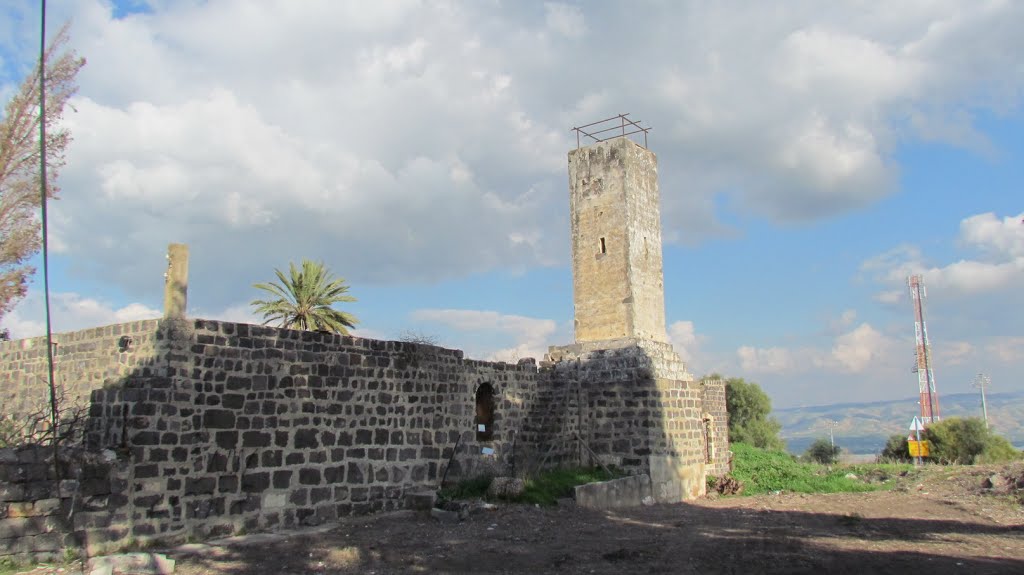
Ottoman Mosque with an Umayyad minaret
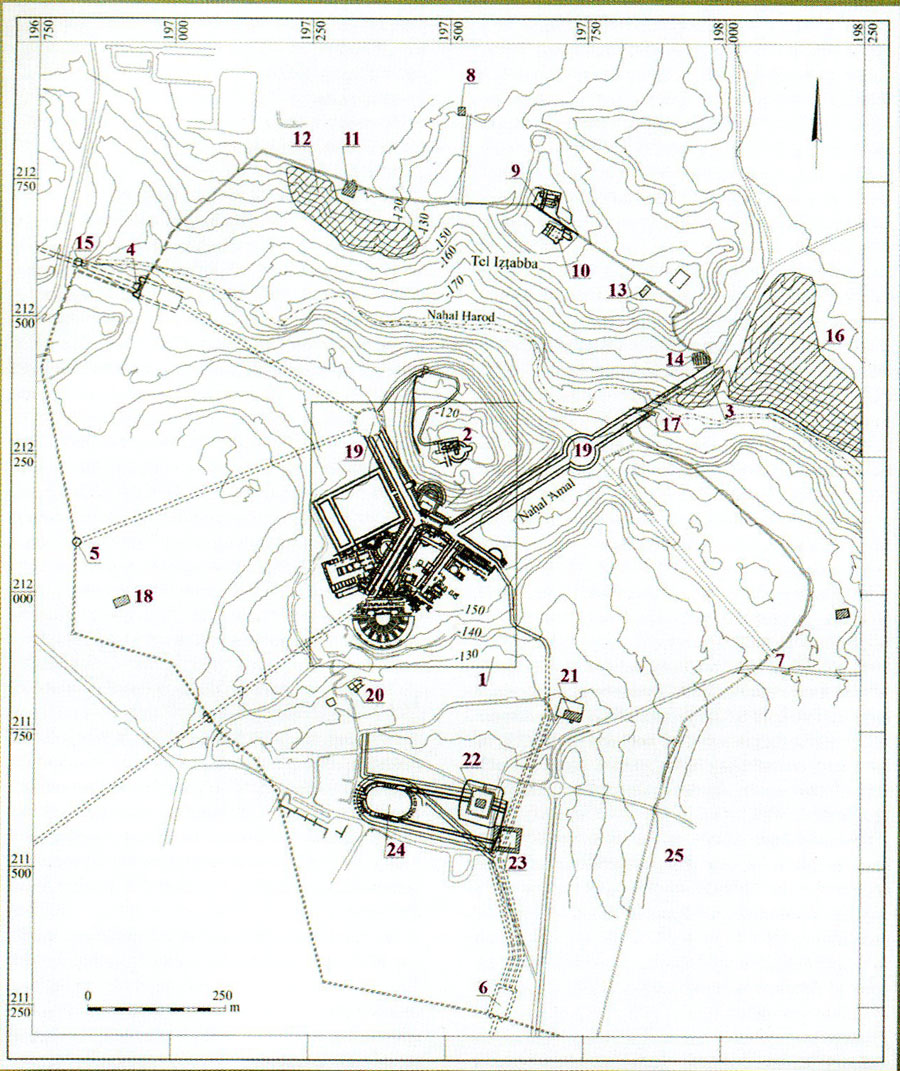
City plan
References Mosque One:
Agady, Shoshana, and Arubas, Benny, 2009. “Miḥrāb Representations in the Art and Architecture of Early Islamic Baysān”, in: Leah Di Segni, Yizhar Hirschfeld, Joseph Patrich and Rina Talgam (eds.), Man Near a Roman Arch: Studies Presented to Prof. Yoram Tsafrir, Jerusalem: The Israel Exploration Society, 74-87.
Arubas, Benny, 2005. “Introduction”, in: Shula Hadad, Excavations at Bet Shean, Volume 2: Islamic Glass from the Hebrew University Excavations at Bet Shean, Qedem Reports 8, Jerusalem: the Hebrew University, 1-20.
Foerster, Gideon, and Tsafrir, Yoram, 1992. “City Center (North): Excavations of the Hebrew University Expedition”, Excavations and Surveys in Israel 11, The Bet She’an Excavation Project (1989-1991): 3-32.
Sharon, Moshe, 1999. Corpus Inscriptionum Arabicarum Palaestinae, vol. II: B-C, Leiden: Brill, 219-223. https://brill.com/view/title/1393
References Mosque Two:
Agady, Shoshana, and Arubas, Benny, 2009. “Miḥrāb Representations in the Art and Architecture of Early Islamic Baysān”, in: Leah Di Segni, Yizhar Hirschfeld, Joseph Patrich, and Rina Talgam (eds.), Man Near a Roman Arch: Studies Presented to Prof. Yoram Tsafrir, Jerusalem: The Israel Exploration Society, 74-87.
Sharon, Moshe, 1999. Corpus Inscriptionum Arabicarum Palaestinae, vol. II: B-C, Leiden: Brill, 219-223. https://brill.com/view/title/1393


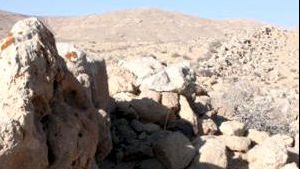

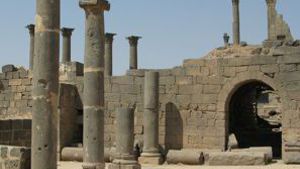
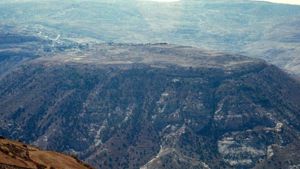
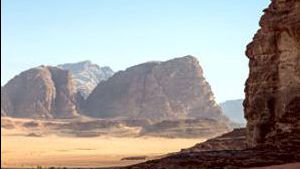
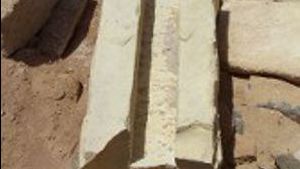

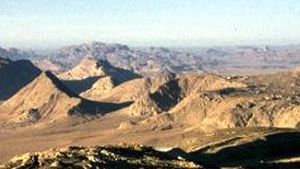
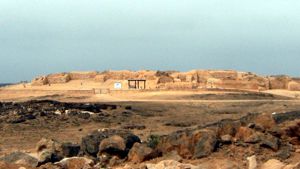

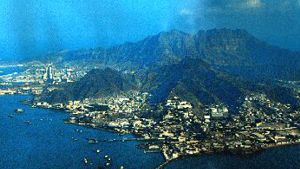
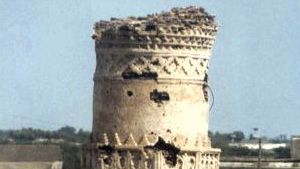
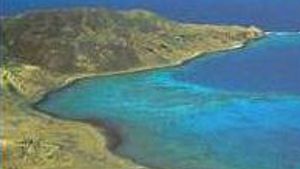
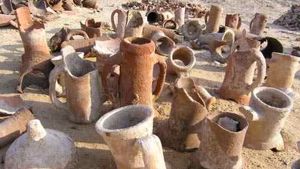

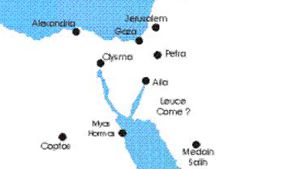

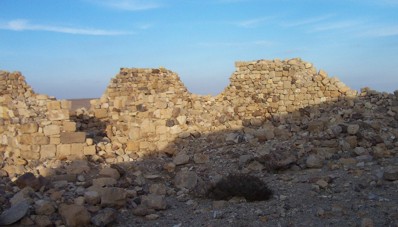
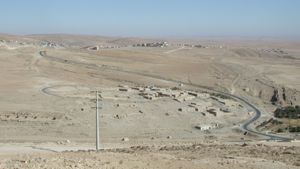

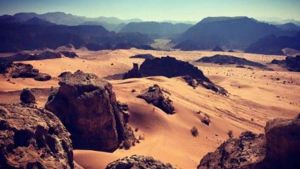

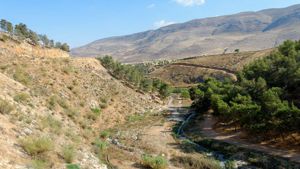


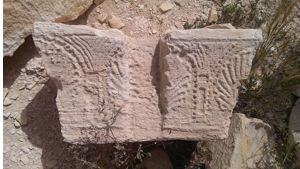


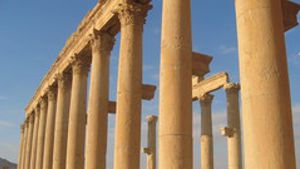


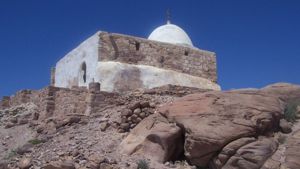
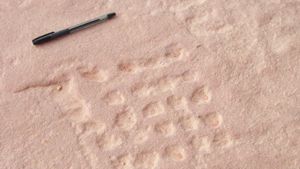

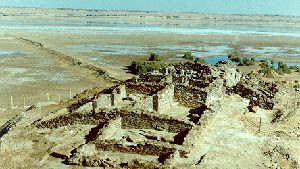
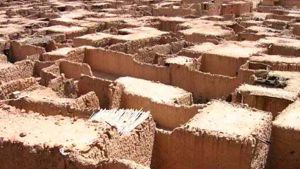
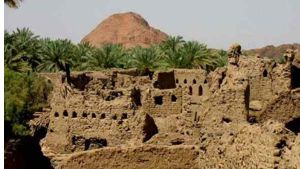
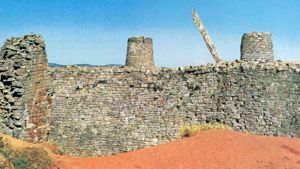
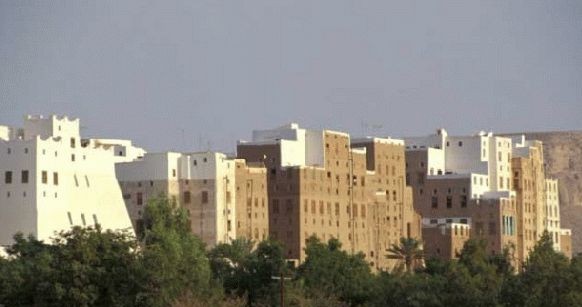
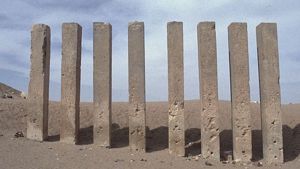
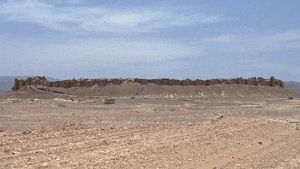
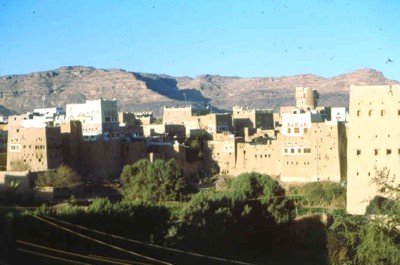
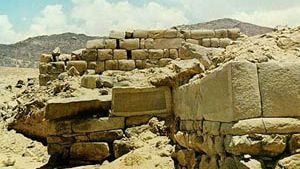


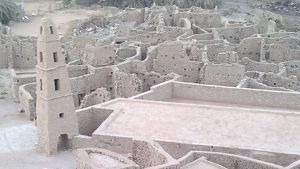
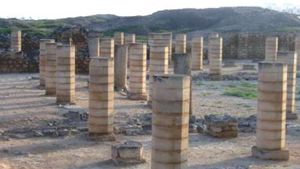
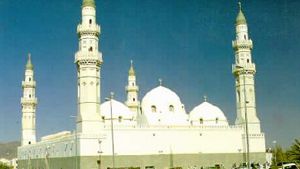




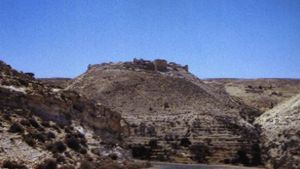
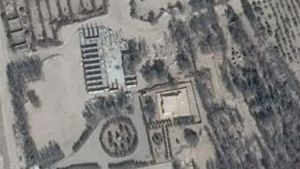
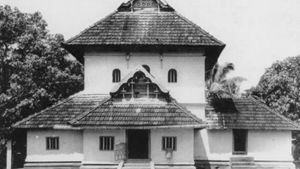
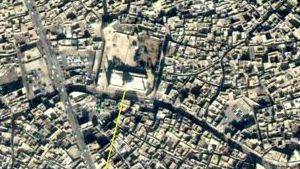
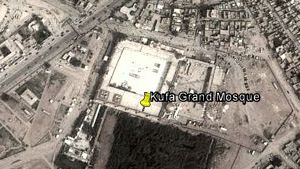
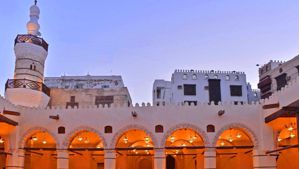
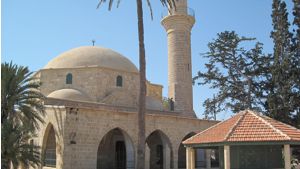
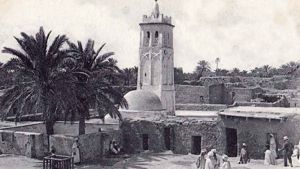
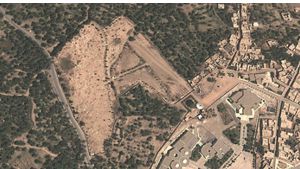
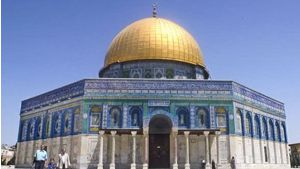

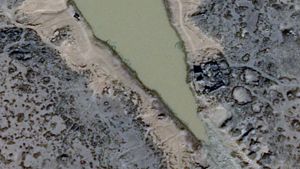
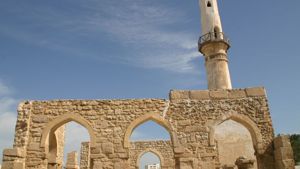
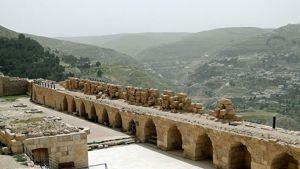
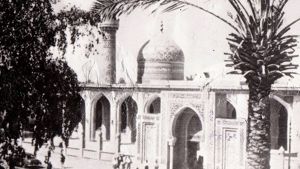

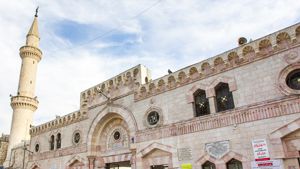

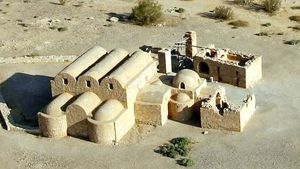
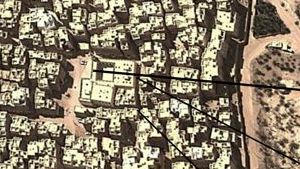
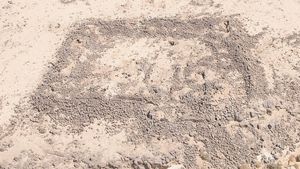
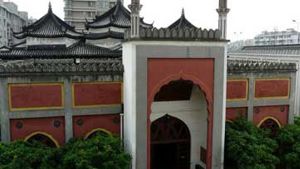
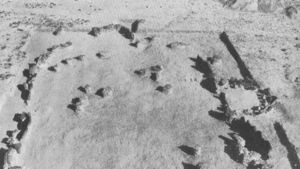



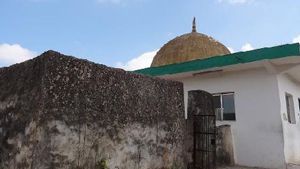
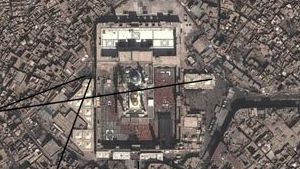
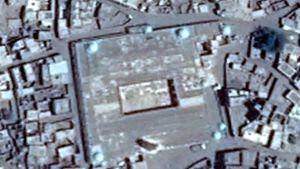
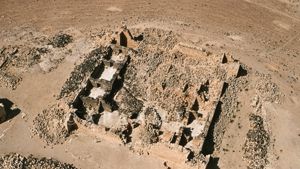




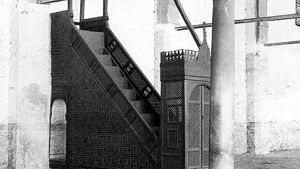
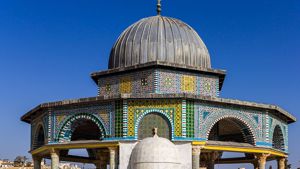
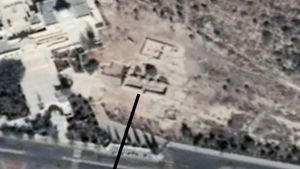
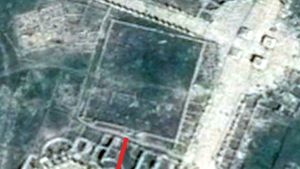
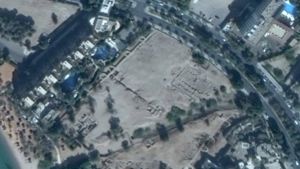

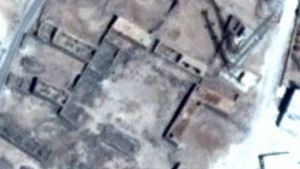
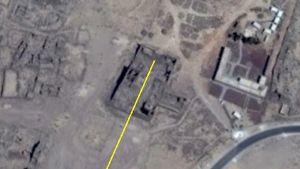
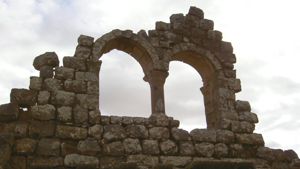
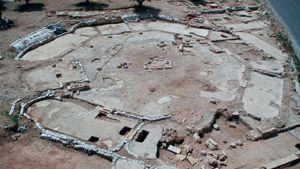
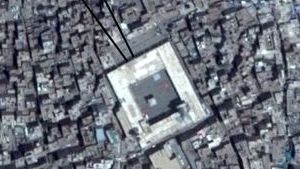
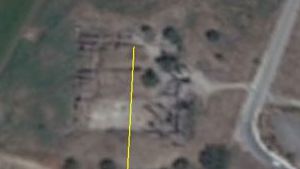
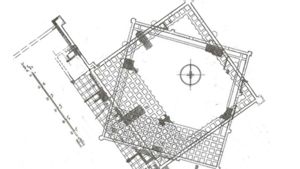
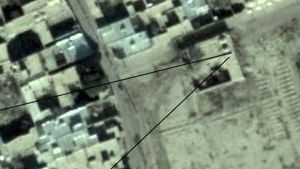
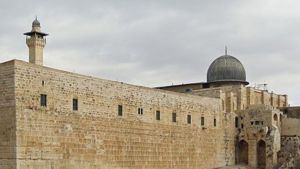
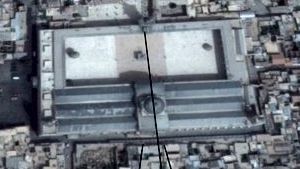
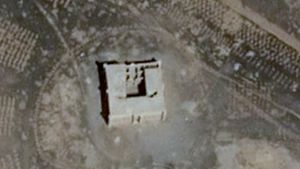
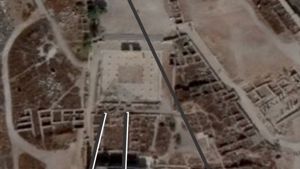
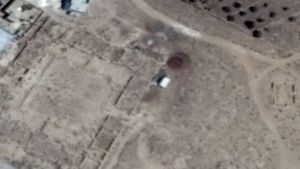
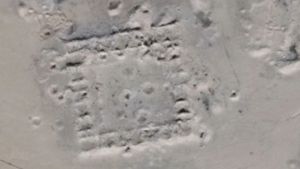

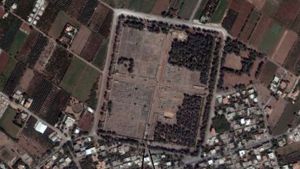
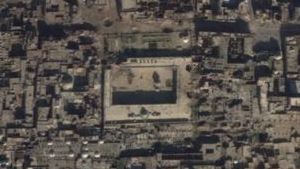
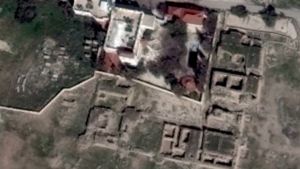
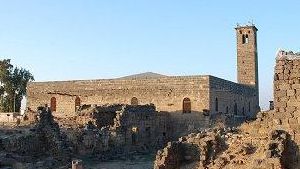
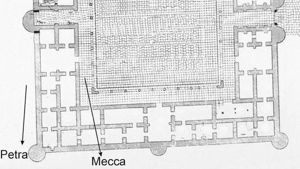
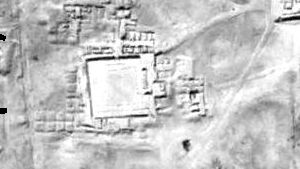


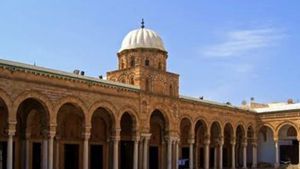
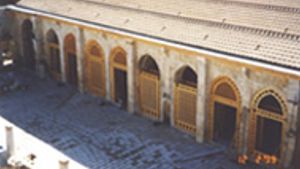
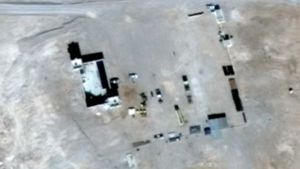
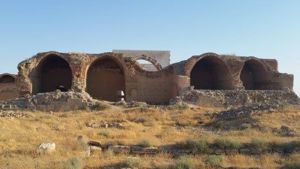

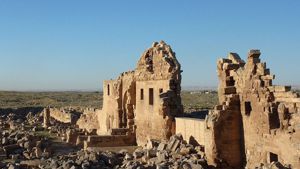
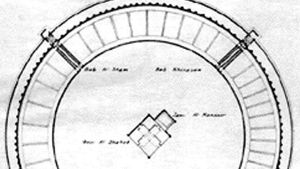
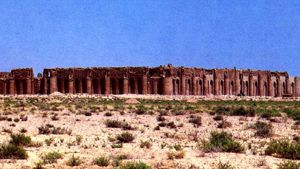
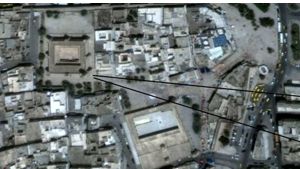

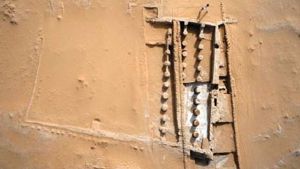
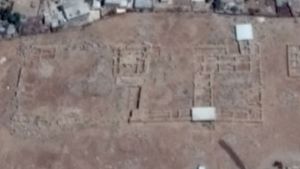
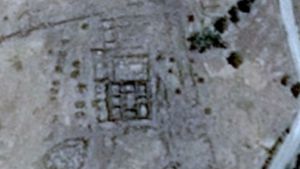
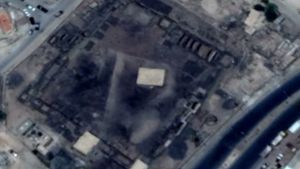

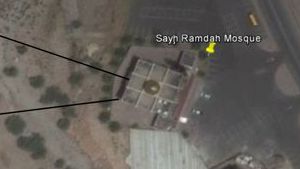

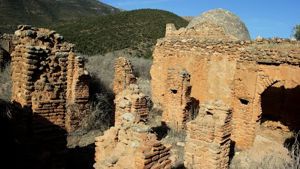
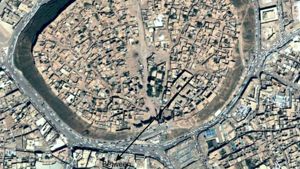
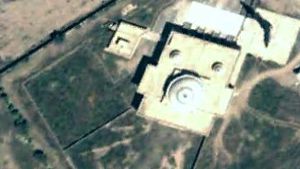
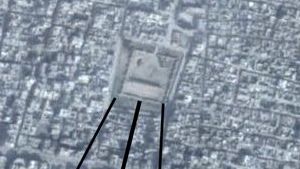
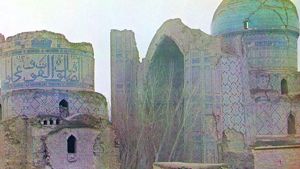
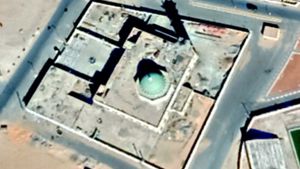

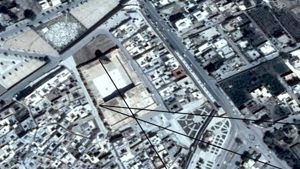
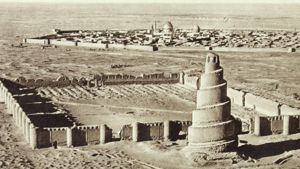
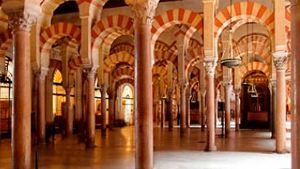
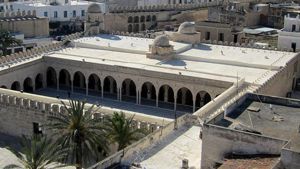
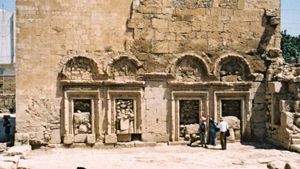
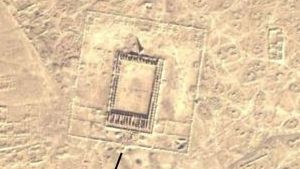

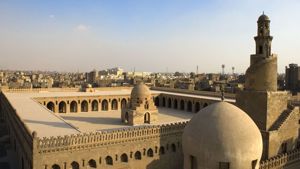

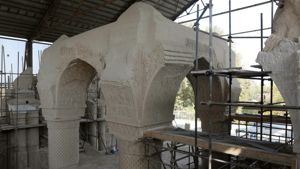

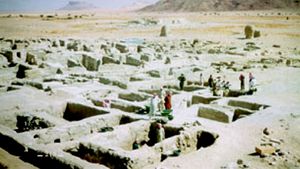
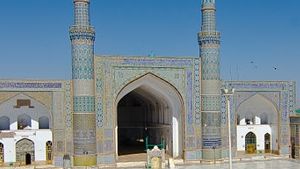

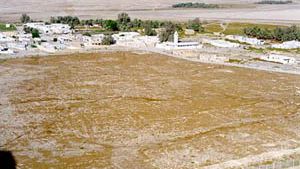
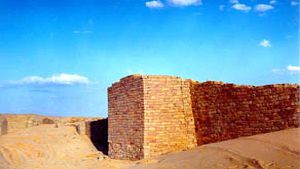
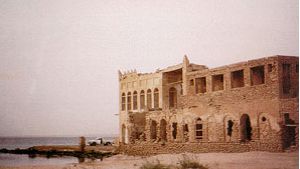
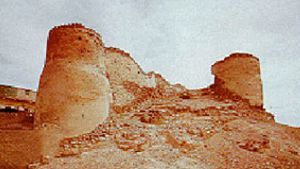
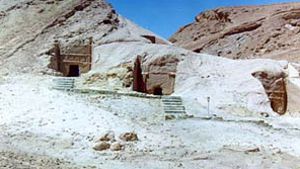
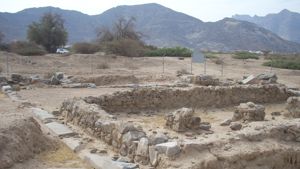
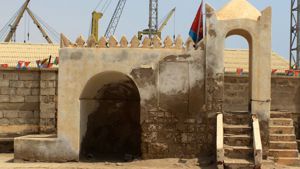
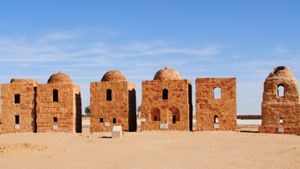
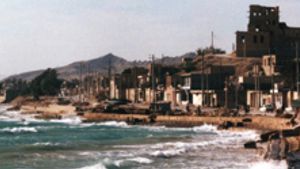
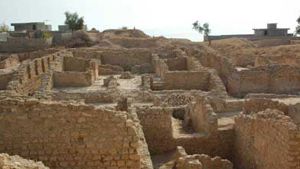
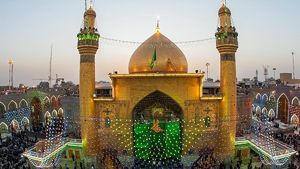

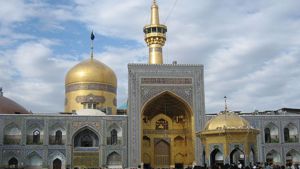
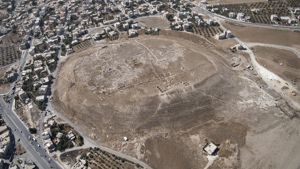
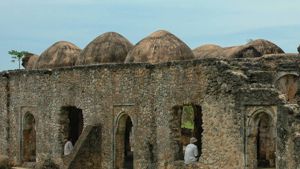
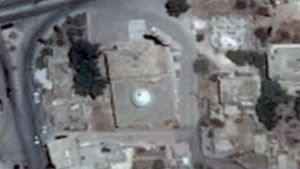
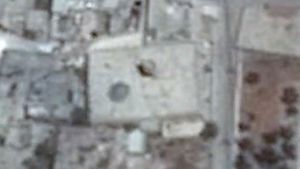

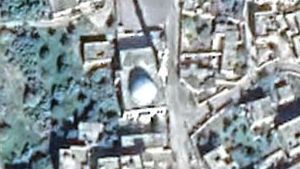
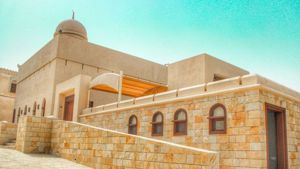
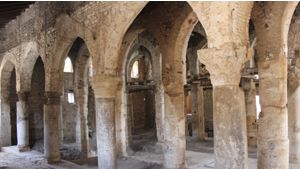


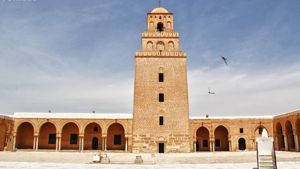
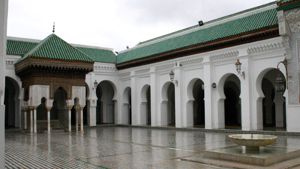

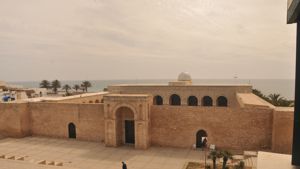

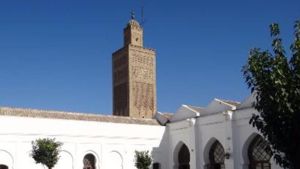
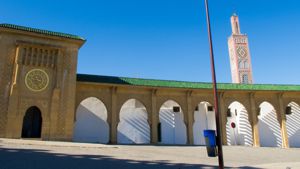
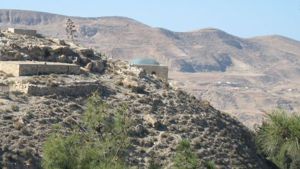
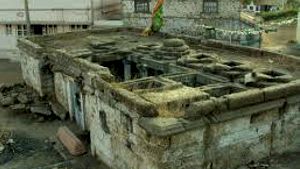
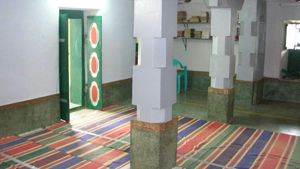
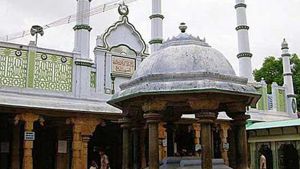
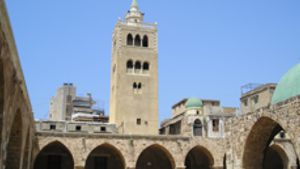
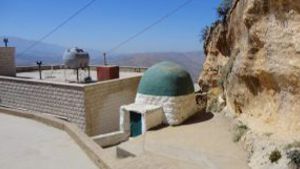
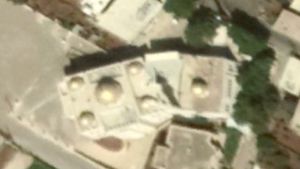
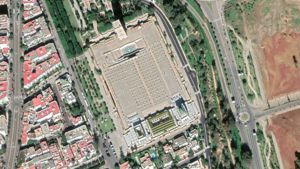

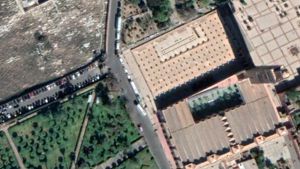
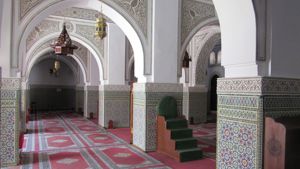
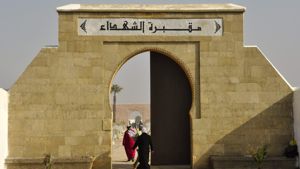
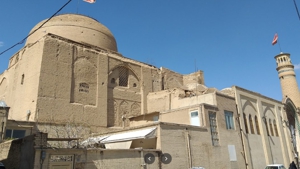
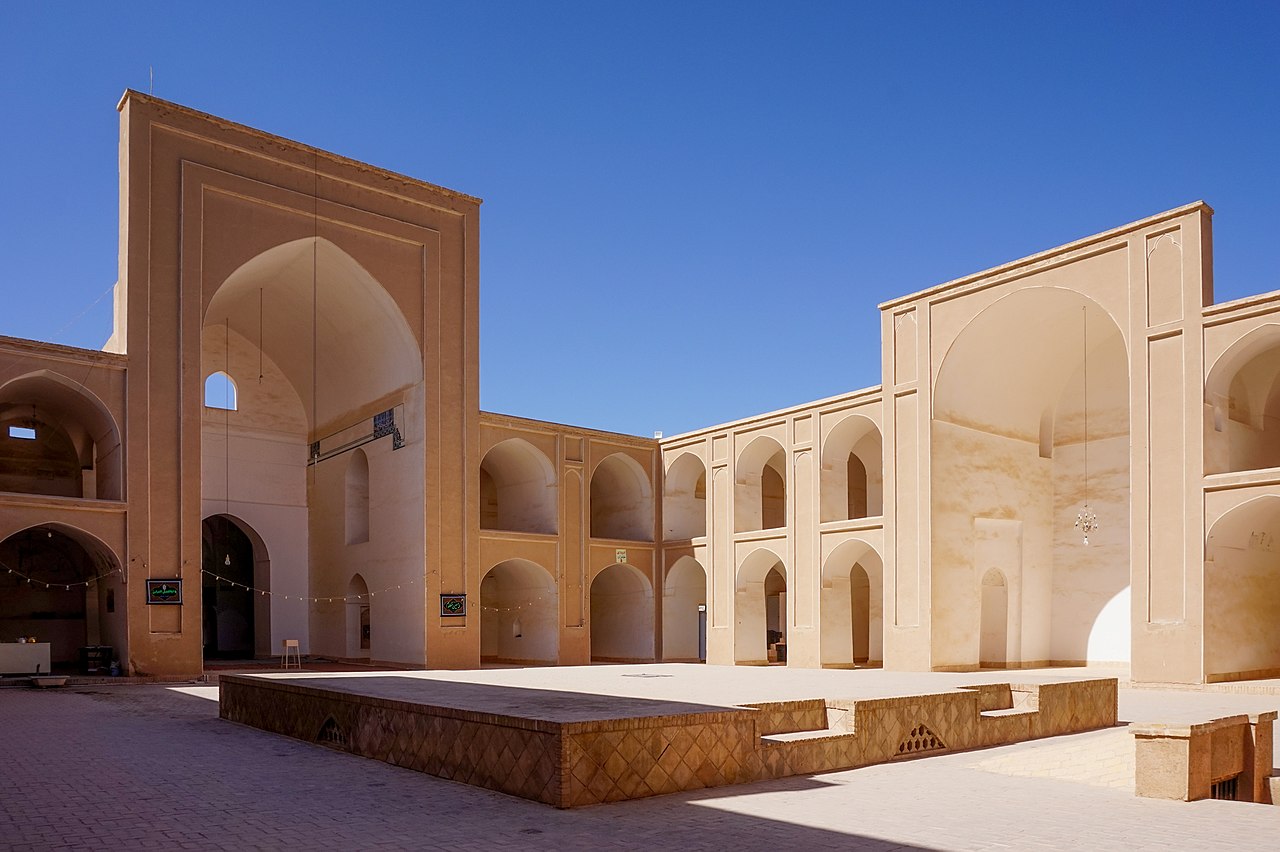

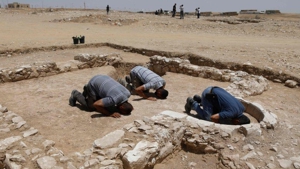
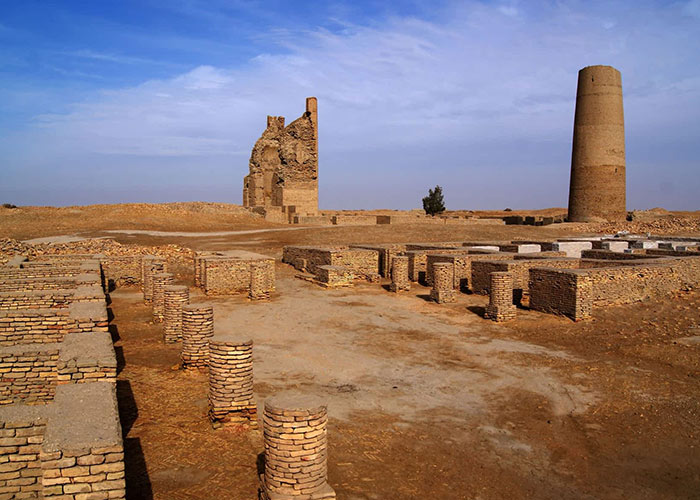
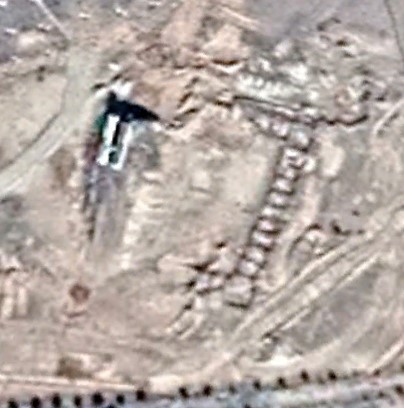

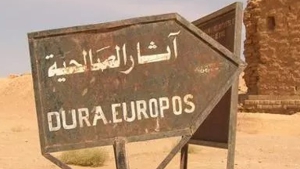
Page Discussion
Membership is required to comment. Membership is free of charge and available to everyone over the age of 16. Just click SignUp, or make a comment below. You will need a user name and a password. The system will automatically send a code to your email address. It should arrive in a few minutes. Enter the code, and you are finished.
Members who post adverts or use inappropriate language or make disrespectful comments will have their membership removed and be barred from the site. By becoming a member you agree to our Terms of Use and our Privacy, Cookies & Ad Policies. Remember that we will never, under any circumstances, sell or give your email address or private information to anyone unless required by law. Please keep your comments on topic. Thanks!